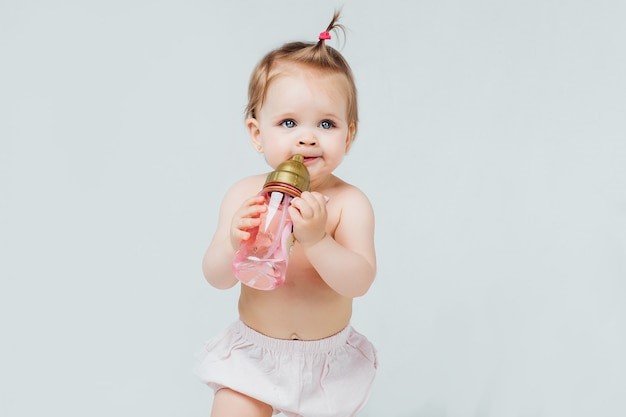How Often Should I Replace My Baby Feeding Bottle

Caring for an infant entails an elaborate list of must-do things. If you are new to parenthood, the role of a feeding bottles and knowing the right time to replace them with new ones may be completely alien to you. Allow this guide to shed light on one of the most ignored topics about caring for babies.
Unforgettable General Rules
Generally speaking, you can replace your baby’s feeding bottle every three to four months and replace it with a doctor recommended baby bottle. However, this is not a strict rule and is subject to change. For instance, you might feel the need to replace the feeding bottle sooner or later depending on its condition and the development of your baby. Some of the telltale signs that you must be on the lookout for are outlined below.
Discoloration
Discoloration from clear to yellow is an obvious sign that your baby’s bottle tip needs replacing. A distorted top shape or reduced output are some other points to consider. The discoloration is also a warning sign since it hints at deteriorating protections, which could possibly lead to ingested chemicals, microplastics, or BPA.
Liquid Pouring Out at Varied Pace
Did you know that different babies need different sizes of bottle tip? A newborn cannot use the same bottle as one used by a six month old. If the liquid is pouring out too quickly or too slowly for them to eat enough, this is a sign that you are using the wrong size of bottle tip and may need to invest in a more suitable size.
Mildew Spots
The presence of mildew or mold spots on your baby’s bottle tips warrants an immediate replacement of the feeding bottle with a doctor recommended baby bottle. Mildew is a serious threat to your baby’s wellbeing and can land them in the hospital if not taken seriously.
Broken Pieces
Broken pieces are an obvious sign, indicating immediate replacement. The bottle might technically be functional, but broken bits falling off could pose as choking hazards.
Thinning or Warping
Thinning and warping may not seem like a big deal; however, they do indicate the deteriorating condition of the tip of the bottle. Commonly seen in cheap plastic bottles, thinning and warping warrants investing in high-quality, doctor recommended baby bottles, allowing one to retain the bottle tips for longer and avoid health risks.
Overall, it is a good idea to consider a new bottle tip for your baby after three to four months; however, there are many indicators that prove helpful in deciding the right time to make a switch. From discoloration to thinning, your baby’s bottle tips need your undivided attention. With every replacement, you make ensure that you invest in doctor recommended baby bottles that will not deteriorate too quickly.








